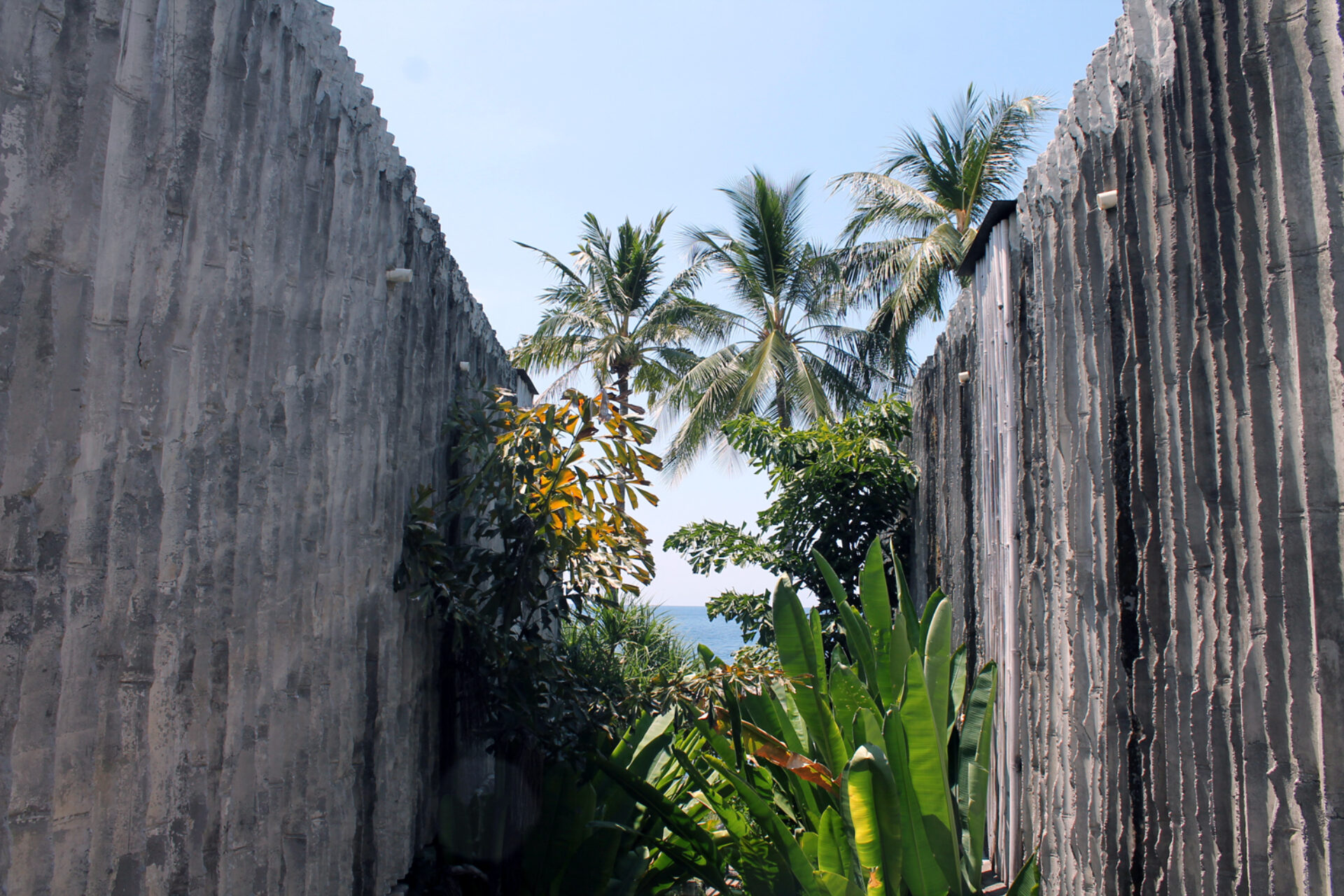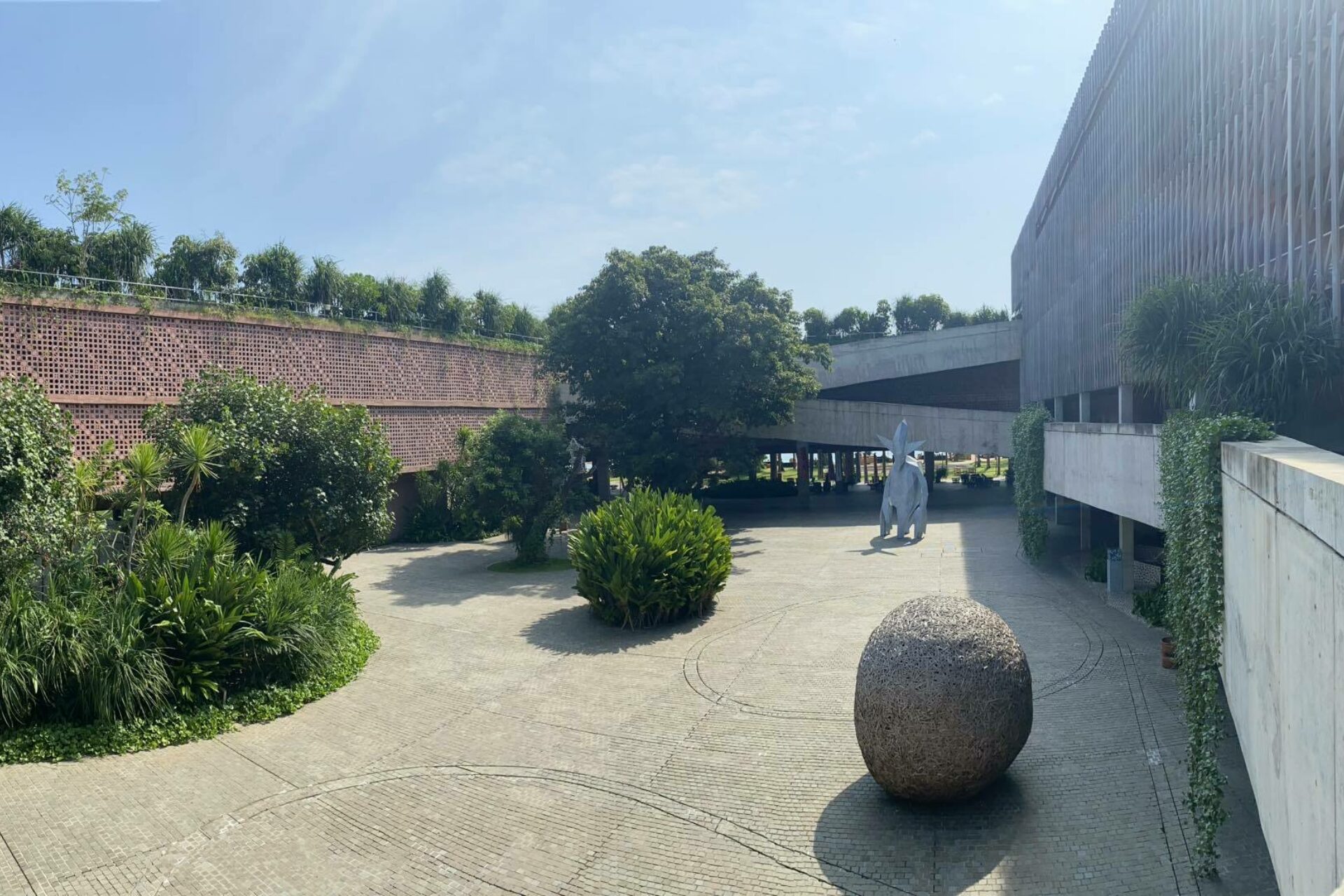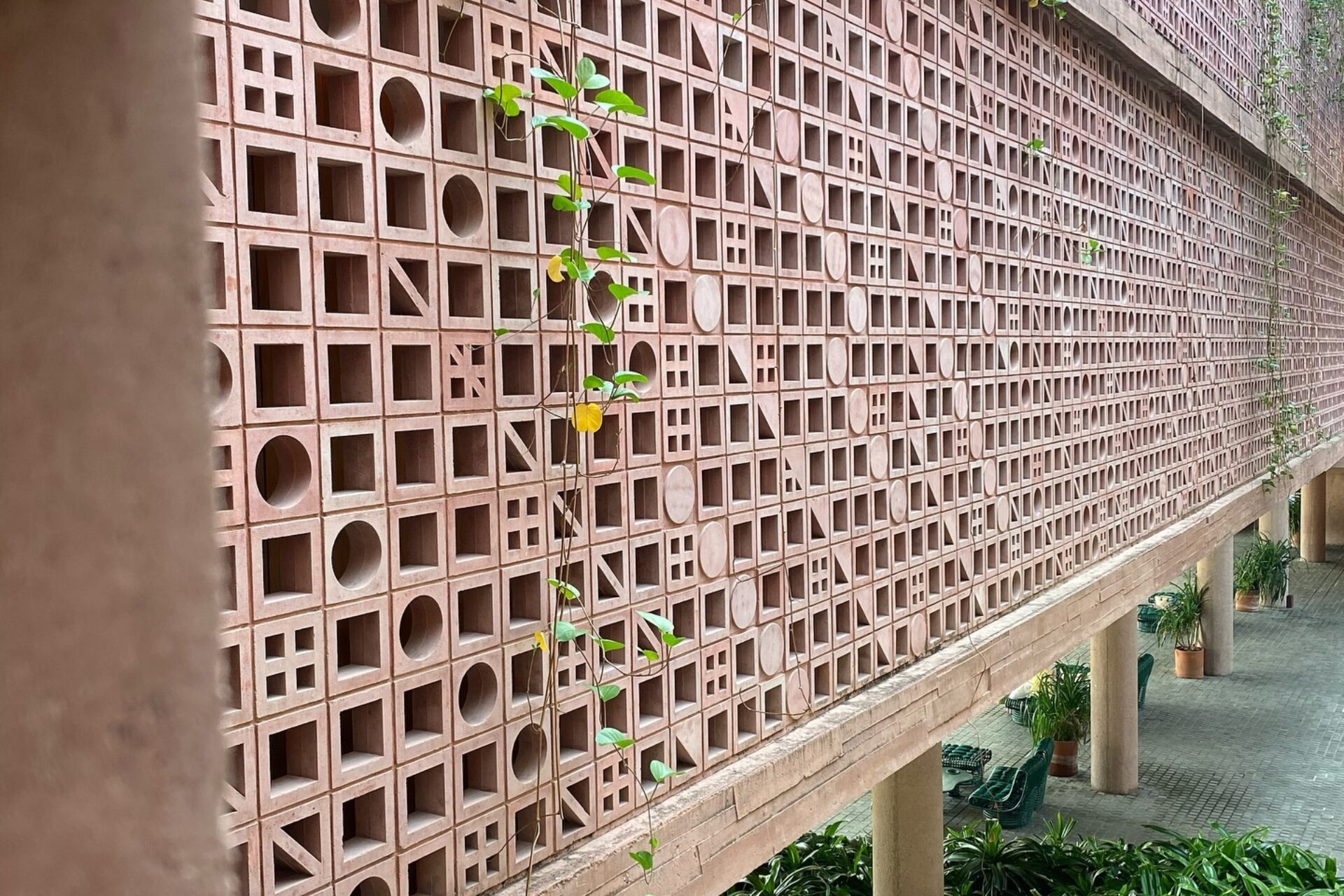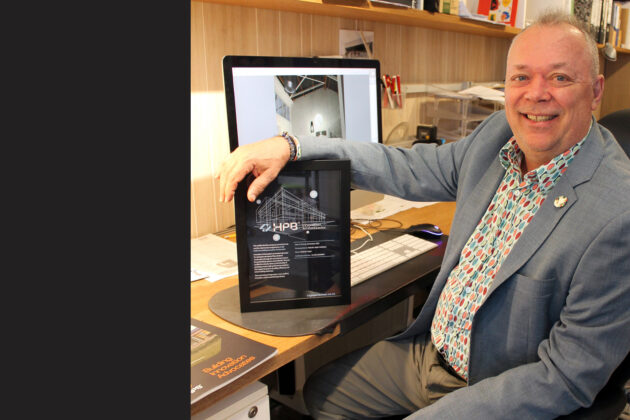Bali, Indonesia
Future – 2024
15th-century temples? European starchitects? Contemporary Australian brutalism? The Indonesian island of Bali reveals many treasures: from doses of instant architectural gratification, to pure adventure and delightful details.Director and architect Malcolm Taylor spent ten days exploring the island — absorbing its... Read more
15th-century temples? European starchitects? Contemporary Australian brutalism? The Indonesian island of Bali reveals many treasures: from doses of instant architectural gratification, to pure adventure and delightful details.
Director and architect Malcolm Taylor spent ten days exploring the island — absorbing its diverse design language, from centuries-old temples to modern eco-compounds that push the boundaries of material and form.
The Tiing, Tejakula
Malcolm’s first stop was Tejakula, a small fishing village on Bali’s northwestern coast — and home to The Tiing, a boutique resort born from a collaboration between Western Australian architect Nic Brunsdon and Manguning Group Bali, created by a local property developer with his own architecture studio.
This project demonstrates the elegant intersection of place-based design and contemporary sustainability — concrete, light, and landscape interwoven into a meditative whole.
It was a privilege for Malcolm to meet with Parisuda Mangun, CEO of Manguning Group, to exchange ideas about architecture, culture, and — unexpectedly — a mutual fondness for drumming.
Pura Beji Sangsit Temple
Among Bali’s many cultural and architectural landmarks, Pura Beji Sangsit Temple stood out as a particular highlight.
Dating back to the 15th century, this Hindu temple is renowned for its northern rococo style — rich in symmetry, detail, and mythological storytelling. Its elaborate carvings of birds, serpents, and divine figures are a masterclass in stone craftsmanship and ornamentation.
Remarkably, the site remains largely untouched by tourism, offering a quiet, contemplative experience for those drawn to both art and architectural heritage.
Potato Head, Seminyak
Before returning to Aotearoa, Malcolm visited Potato Head in Seminyak — a destination that has become synonymous with sustainable luxury and contemporary design innovation.
Ranked among the world’s top 50 resorts, Potato Head is equal parts resort, creative laboratory, and cultural hub. Its breeze block façade, inspired by the lunar cycle, captures the poetic dialogue between nature and geometry.
Designed by David Gianotten, Managing Partner at OMA, with creative direction from Rem Koolhaas, this architectural ensemble stands as a bold expression of what regenerative design can achieve at scale.
Reflections
Bali’s architectural landscape — from ancient sanctuaries to avant-garde collaborations — reflects a dialogue between tradition and transformation.
For Malcolm, the journey reaffirmed a timeless truth: architecture, at its best, is an act of listening — to land, to people, and to the pulse of place.
Main image credit: The Tiing, Tejakula, Bali




